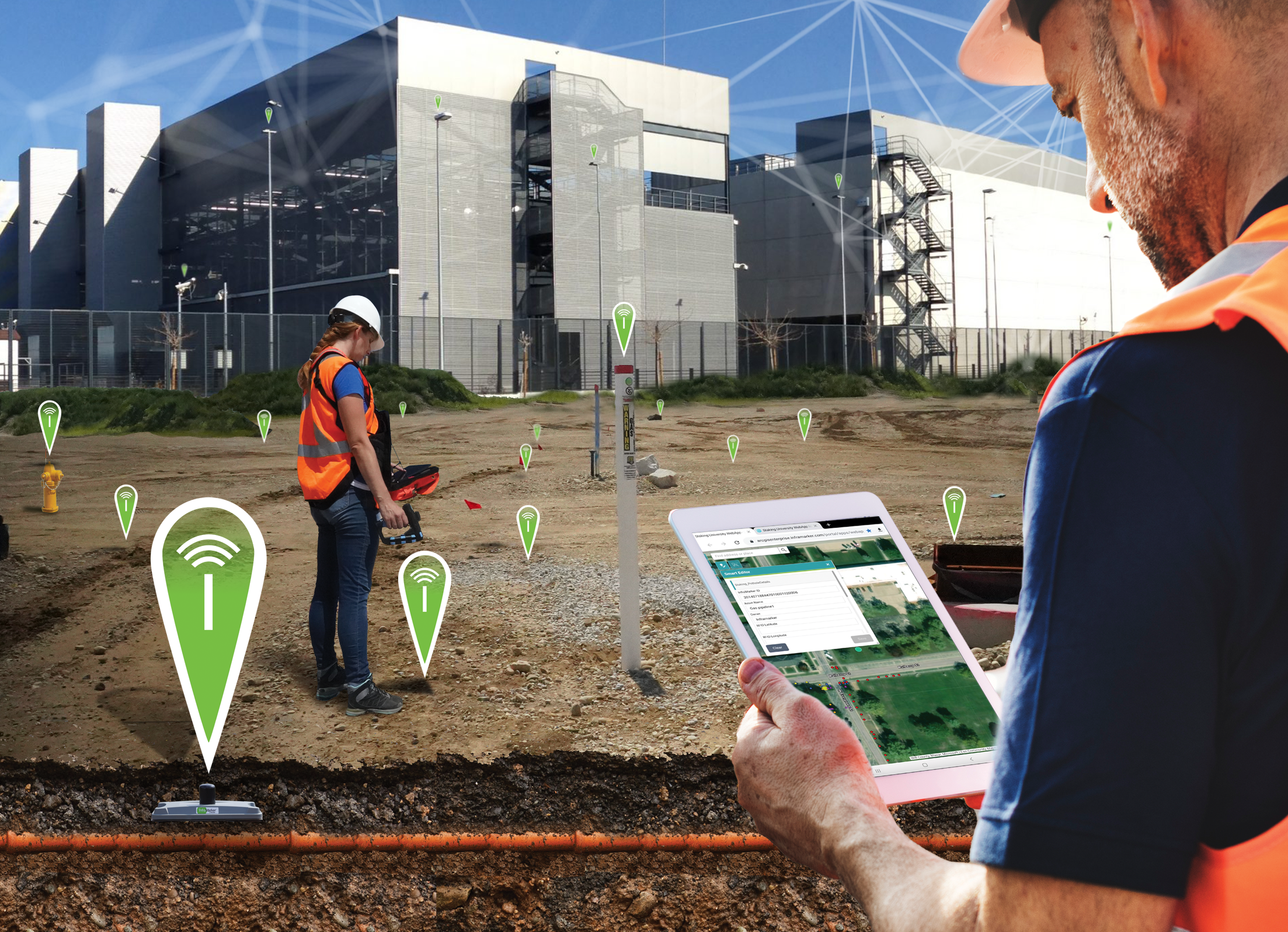RFID Improves Data Center Operations
More than 90% of organizations use cloud computing to run enterprise applications[1]. That means that everything from hospitals and first responders to Fortune 500 companies and governments rely on the cloud. Soon, air traffic control and police departments will be cloud-based as well. Society won’t be able to function without the cloud.
Who makes the cloud, and how does data get there? If you guessed Google, Amazon or Microsoft, (and many others), you’re right. But the information isn’t really in a cloud – it’s often served from data centers through WiFi, so it seems to come from a cloud. But it’s really coming from massive server installations located around the world.
What happens when a data center fails?
Because of the design of data centers, which distribute the load over several locations, a single data center outage may not cause complete loss of service. But it certainly can slow it down – a frustrating event at best. The average cost of data center downtime is more than $5,600 per minute [2] for data interruptions and much more for extended interruptions caused by utility strikes.
That’s why construction companies that build data centers rely on Building Information Modeling (BIM) and Geographic Information Systems (GIS) to create highly accurate digital models of the data center and its critical infrastructure. Knowing the exact location of buried infrastructure is essential before excavation begins.
A digital map shows where underground utilities lie based on survey-grade GPS coordinates. But everyone knows that reality can differ from digital representations due to environmental conditions, miscommunication, or other factors. Few types of construction feature the density of underground infrastructure required by data centers that include:
Chilled water piping
Electrical duct banks and conduits
Telecom duct banks and conduits
Underground fuel systems
A utility strike on any of these systems would be disastrous – with losses in the tens of millions of dollars.
An extra layer of safety
Many firms are seeking improved connectivity between critical field asset identification and GIS data. RFID technology offers a durable, versatile solution that seamlessly connects with GIS information. Passive RFID tags enable precise in-field verification of the location and identity of utilities, eliminating guesswork during excavation and maintenance.
With software that integrates with GIS or BIM, a read of a physical RFID tag launches its digital record, providing not only accurate in-field location, but essential asset data that can include schematics, videos, photos and any other information relevant to the asset. The record is immediately available for updating during excavation, making it easy to keep records accurate and up-to-date.
After construction, utility information can be securely shared with contractors so that they know exactly what’s below. This is incredibly valuable when data center expansion is underway and buried utilities need to be re-accessed. The on-site construction workers can scan RFID tags before digging to verify exactly what’s buried, how deep and what other utilities are near.
A simple tool can prevent disaster and make utility management easier
Building or expanding data centers is a high-risk / high-reward undertaking. A simple, versatile technology that augments existing digital information systems is key to preventing disastrous utility strikes at data centers.
RFID tags can be used underground, or anywhere physical verification of important assets is beneficial. A quick scan of any RFID tag will reveal its exact location and identification while linking it to its record in GIS. This functionality means that each asset can be accurately managed in GIS – assets that require regular maintenance can be quickly accessed, verified and updated in the field. A complete history of every asset is accurately maintained and available to be shared with contractors as needed.
To learn more about how InfraMarker RFID can help prevent utility strikes and manage any asset efficiently, just contact us.
References:




